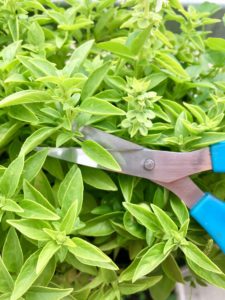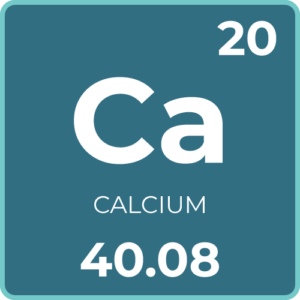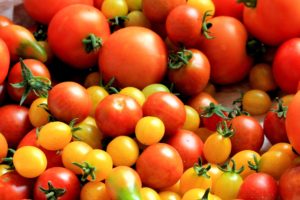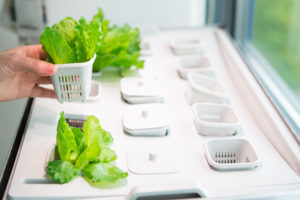How much CO₂ do plants need? It’s a common question for growers. CO₂ can boost plant growth, enhance your yields, and even help you grow faster. However, there’s always a median amount you can count on to do the trick. Too much or too little CO₂ causes similar effects, like stunted growth and reduced yields.
How much CO₂ do plants need? Plants usually get around 410 PPM of CO₂, but if there’s less than 150 PPM they can’t survive. However, plants can take in much more, and levels between 1000 to 1200 PPM can enhance their growth and yields.

CO₂ Ranges for Plants
The majority of plants simply die if the CO₂ levels in their surroundings drop below 150 ppm. Naturally, there are plants that are adapted to lower levels, and plants that are more sensitive to low CO₂. However, plants generally start having stunted growth when ambient CO₂ levels drop below 200 ppm.
One thing to take into consideration is that carbon dioxide levels are gradually rising in our atmosphere. While it isn’t yet affecting the growth of the majority of plants, it does affect their natural processes. Recently, scientists have discovered that the rise in environmental carbon dioxide levels is leading to plants growing thicker leaves. This isn’t a superficial process, it actually affects how plants photosynthesize, release and absorb gasses, and even regulate their own temperatures.
Adding more CO₂ to your grow area can make a big difference in your plants’ growth. Like we said, too much can also stunt growth. So how much CO₂ is too much? When plants can’t take in anymore CO₂, we call this their saturation point. Much like the minimum levels of CO₂, the maximum levels also vary based on the type of plant, as well as their growth stage.
The maximum CO₂ (saturation point) for most plants falls between 1,000 to 1,300 ppm.
Here’s a quick look at the average, minimum, and maximum CO₂ levels for most plants:
Minimum for survival: 150 ppm
Threshold for stunted growth: 200 ppm
Typical ambient CO₂: 410 ppm
Ranges for growth enhancement: 1,000 to 1,500 ppm
Maximum for survival: 1,500-2,000 ppm
Depending on your ambient grow environment, the ideal amount of CO₂ can also vary. It’s generally agreed that just under 1,000 ppm to around 1,300 ppm are sufficient to boost crop growth by around 30%
Exceptions to Typical CO₂ Ranges
Just as different plants need different nutrients, temperatures, and photoperiods, different plants can tolerate different levels of CO₂. When a lot of people think about plants using carbon dioxide, their minds turn to trees converting CO₂ into oxygen. However, trees take a lot of time to grow, although they’re crucial to maintaining our clean air.
Slower growing plants naturally don’t need as much carbon dioxide at once. Likewise, the faster a plant grows, the more carbon dioxide it needs per second. Bamboo is a good example of a plant that uses a lot more CO₂. It uses so much CO₂, and releases so much oxygen, it’s actually considered a carbon offset.
Some of the plants that need the least CO₂ are aquatic species. Remember, not all carbon dioxide is just part of the atmosphere. There’s even CO₂ in water, and plants can still use it to help with photosynthesis. Even though they’re adapted to their aquatic environment, they might not always have the available CO₂ they need.
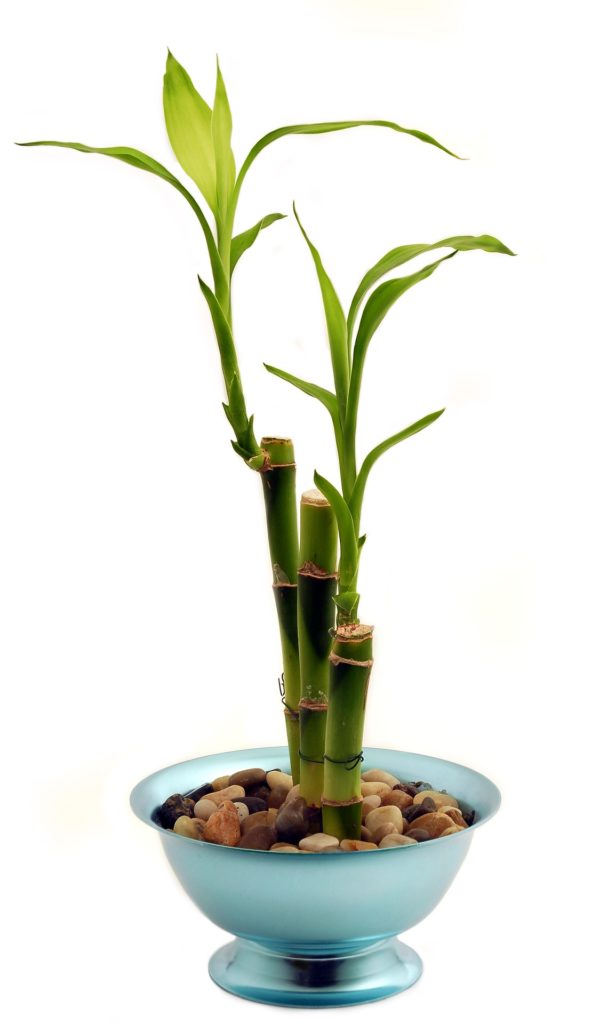
How aquatic plants adapt to low CO₂
When there isn’t enough CO₂, some plant species can actually take in other compounds and use them to create their own. This is a process that they complete internally, and they need specific compounds to make it happen.
If a plant doesn’t have enough CO₂, but they do have access to HCO3- (bicarbonate), they have all the ingredients they need. They absorb this molecular formula, and combine the elements they need from it (i.e. carbon and oxygen) to create carbon dioxide within their cells. Some of these adapted plants include certain water milfoil species, stoneworts, and some hornworts (also sometimes called coontails).
